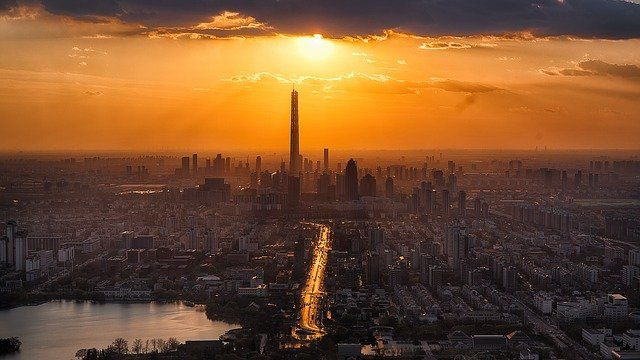Skyscraper Day: History, Fun Facts About High-Rise Buildings In The World
Skyscraper Day is celebrated annually on Sept. 3 to appreciate architectural marvels in the world while honoring the legendry architect John H. Sullivan who is also known as the "father of skyscrapers."
In 1885, William LeBaron Jenney designed the Home Insurance Building, the first skyscraper in Chicago. The building had 10 floors and used a curtain wall construction on a steel frame.
Sullivan was also called the "father of modernism" after he designed some of the famous buildings like the Wainwright Building, the Bayard-Condict Building, the Krause Music Store, the Union Trust Building and the Prudential (Guaranty) Building.
Today, skyscrapers are the most common site in any city skyline. You can celebrate Skyscraper Day by visiting your local skyscraper and spend time learning about the styles of architecture in your area. It is also a day to appreciate the efforts of engineers and architects who work hard to make these manmade wonders.

While you celebrate Skyscraper Day today, here are some fun facts about the tall buildings of the world:
- At 2,717 feet, with 163 floors, Burj Khalifa in Dubai holds the crown for the world's tallest building. It took approximately six years and $1.5 million to complete the project in 2010.
- The second tallest building at 2073 feet is Shanghai Tower, which has 126 floors. It is believed to be one of the most sustainably advanced tall buildings in the world.
- Skyscrapers sway in wind: The swaying of skyscrapers in wind doesn’t mean the building is unsafe. Many experts say all tall structures are bound to sway a little bit in the wind.
- The word skyscraper did not always mean tall buildings: Before the word started to be associated with tall buildings, the word was used to describe the triangular sail on a ship. It was also was used for a large horse, a very tall man and a big hat.
- Hong Kong has the most number of skyscrapers compared to any other city in the world, followed by New York City.
- There must be at least 40 floors to classify a building as a skyscraper.
- The most important part of a skyscraper is the strong foundation or the substructure which helps the building to stand strong.
© Copyright IBTimes 2025. All rights reserved.





















